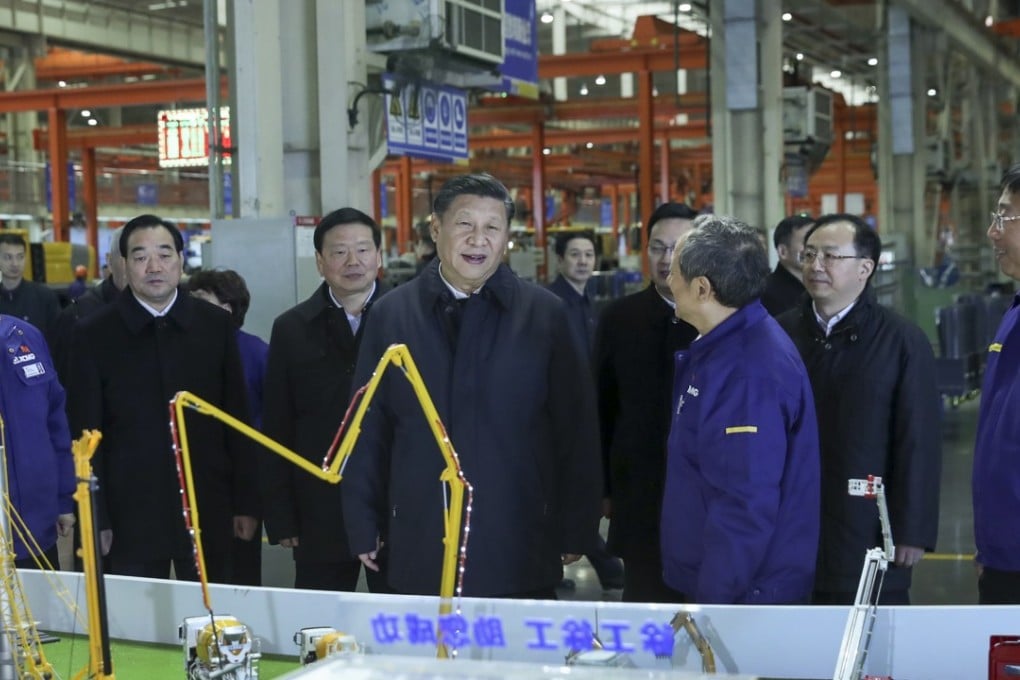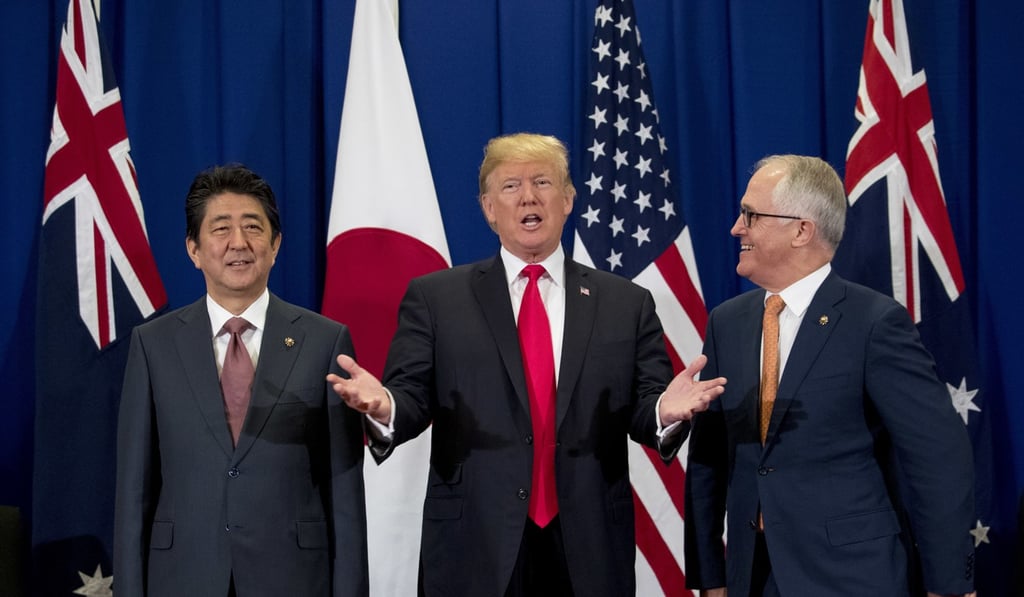Advertisement
China’s ‘Belt and Road Initiative’ is good for the world, despite what Western critics say
Wenshan Jia says Western criticism of the ‘Belt and Road Initiative’ overlooks how increased cooperation and connectivity benefits the liberal world order, and how all countries can gain from it
Reading Time:3 minutes
Why you can trust SCMP

China’s “Belt and Road Initiative” is an original plan to carry out a new type of “collaborative globalisation” above and beyond US-led type. It was proposed five years ago by President Xi Jinping after the tapering off of US-led globalisation in 2008. Xi offered three principles: mutual consultation, joint construction and shared benefits. China has since then fully executed 101 agreements with 86 countries, and total investment in the 24 countries along the belt and road regions has amounted to US$50 billion, resulting in 75 industrial and trade zones, and 200,000 jobs.
With its focus on infrastructure, the initiative is a model not only for developing countries, but also industrialised ones in Europe and North America, where ageing infrastructure needs replacing. It also adapts to each local, national or regional condition, situation and need. It is proving very democratic, more so than the lopsided US-led globalisation that spurred a populist, isolationist backlash across the Western world.
China has done a proper job of explaining to the West what the initiative is and extended a sincere invitation to each country to join. Many think tank scholars and major media outlets in the West have found it potentially lucrative and expressed relatively strong support.
Advertisement
Yet, instead of appreciating China’s efforts to both inherit the liberal agenda of globalisation and forge a new path for global development, many Western political elite, led by the US, have started a campaign to resist the initiative. From Australia to the US , and the UK to Germany, there are calls for the West to cut interactions with China to minimise or resist its so-called “sharp power”. The labels typically applied to China include “authoritarian” and “predatory”, citing Beijing for not upholding “freedom, democracy and individual rights”, the core values of the West.
This attitude towards the initiative reveals not only a contradiction in the Western mind, but also the narrowing or even closing of minds.
Advertisement

Why English law could rule on China’s Belt and Road disputes
Advertisement
Select Voice
Choose your listening speed
Get through articles 2x faster
1.25x
250 WPM
Slow
Average
Fast
1.25x